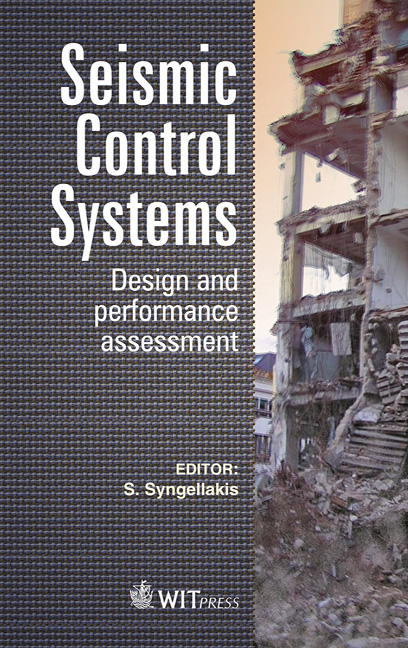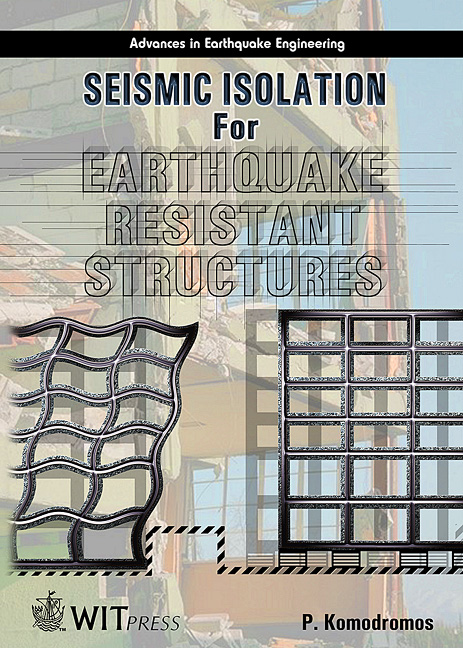Seismic Control Systems
Design and Performance Assessment
Edited By: S. Syngellakis, Wessex Institute of Technology, UK
Price
£107.00 (free shipping)
ISBN
978-1-84564-672-1
eISBN
978-1-84564-673-8
Pages
208
Transaction Series
WIT Transactions on State-of-the-art in Science and Engineering
Transaction Volume
59
Published
2012
Format
Hardback
Earthquakes remain largely unpredictable and potentially catastrophic, a matter of continuous concern to communities in affected zones. Scientists and engineers have made a considerable effort to mitigate their consequences through the design of effective protective devices. New concepts have recently been developed to address the requirements for better structural performance and a more effective use of new materials at a lower cost.
This book disseminates knowledge and increases awareness on this very critical subject and thus ultimately contributes to a safer structural design against earthquakes. It comprises a number of articles taken from recent editions of Transactions of the Wessex Institute covering a wide range of topics within the subject of seismic protection through vibration control devices.
The first four papers provide a very comprehensive review of existing seismic control designs highlighting their variety, the effectiveness of their performance, as well as the extent of their use for the protection of various types of structures worldwide. Most articles deal with anti-seismic devices implementing passive control of structural response through seismic isolation and energy dissipation. Testing and modelling energy-dissipating systems are also extensively covered in the book.
It is also important to understand how existing structures fitted with seismic control devices perform against earthquakes. Two such case studies are included in the book; a roof isolated from the top of an existing structure and a bridge supported on both isolating and damping systems. Finally, new analytical approaches for optimising the performance of tuned mass dampers are detailed in two companion papers.








